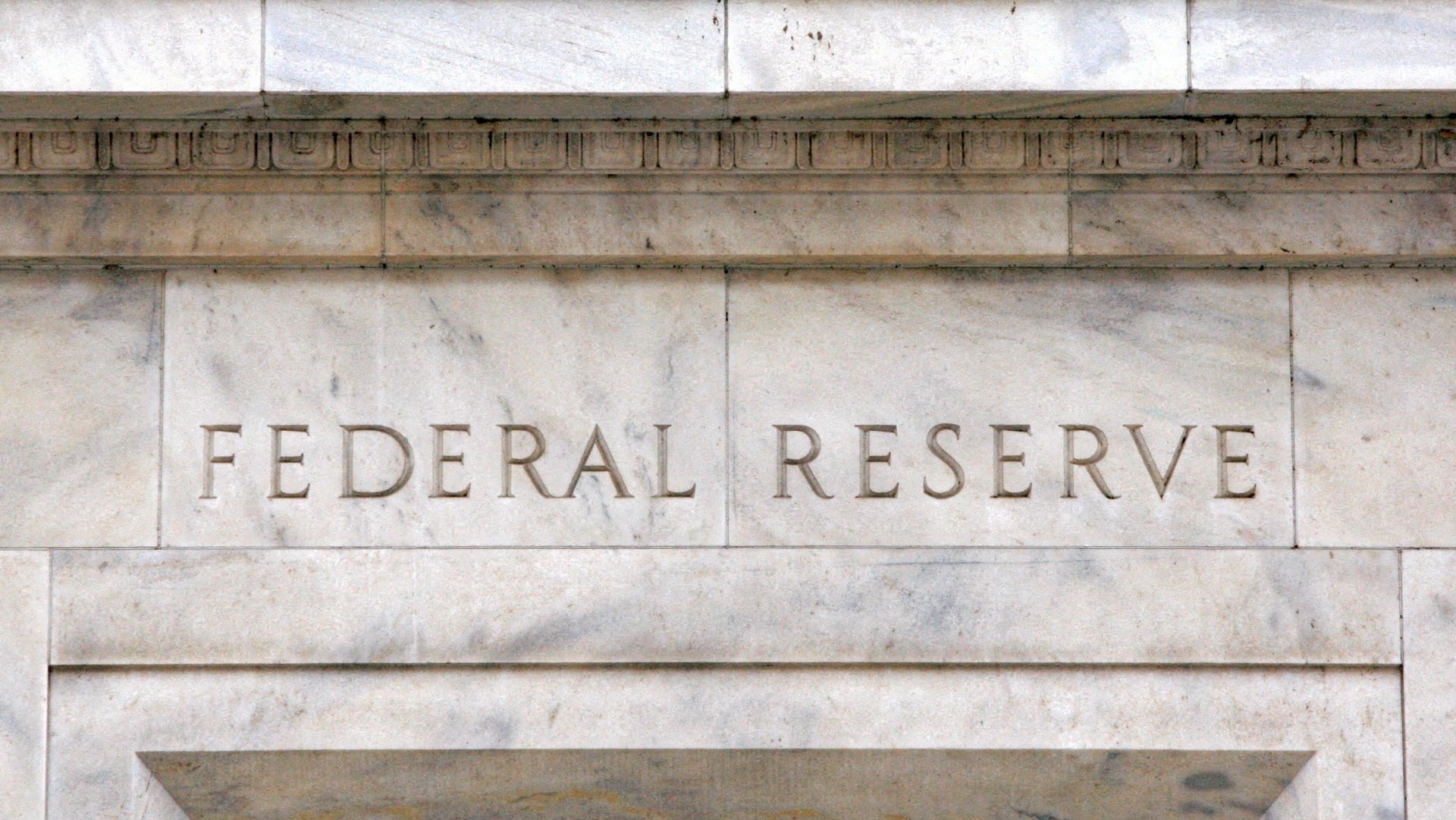The Fed's report on Silicon Valley Bank is out, and it blames everyone
The Federal Reserve's internal review takes shots at SVB's management, Fed supervisors, and Congress

The Federal Reserve’s internal review of the collapse of Silicon Valley Bank points the blame at nearly everyone involved in the second largest bank failure in US history.
The report from the Fed’s vice chair for supervision (pdf), Michael Barr, concludes that management at the bank took on too much risk and didn’t inform board members about it; that the board failed to hold management accountable and tied executive pay to the wrong incentives; that Fed supervisors didn’t understand the severity and complexity of SVB’s weaknesses and didn’t move fast enough once they understood what was going on; and that Congress did the supervision system a disservice when it loosened bank regulations in 2019 through the Economic Growth, Regulatory Relief, and Consumer Protection Act (EGRRCPA).
What will the Fed supervisors do?
The internal review found “no evidence of unethical behavior” on the part of Fed supervisors. But it does suggest changes in how supervisors should regulate banks, based on lessons learned from SVB’s failure.
For starters, it suggests greater scrutiny of banks that are growing quickly, like SVB did in the years leading up to its collapse, or banks that have a concentrated business model, as SVB did with its focus on startups and tech lending, regardless how large the bank is by asset size. And when a bank has been found to have subpar risk management practices, as SVB was, the bank ought to face stricter capital requirements, the report suggests.
How will bank regulation change?
The Fed is going to revisit rules for banks with $100 billion in assets and more. It’s going to change how it regulates banks’ interest rate risk, as well as their concentration of uninsured deposits risk—SVB had too much of both.
The Fed also is going to raise the regulatory capital threshold for banks based on unrealized losses on the securities they holding. For example, Treasury bonds, though considered a safe investment generally, fall in value as interest rates go up, which is part of why SVB failed.
The Fed learned an important lesson about incentives
The Fed also concluded that senior management at SVB was not incentivized by the board to properly manage risk. “Compensation packages of senior management through 2022 were tied to short-term earnings and equity returns and did not include risk metrics,” the Fed’s report notes. “As such, managers had a financial incentive to focus on short-term profit over sound risk management.”
Ironically, SVB, under a new head of human resources, was in the middle of making changes to its incentives program when the bank failed.
“We should consider setting tougher minimum standards for incentive compensation programs and ensure banks comply with the standards we already have,” the Fed wrote in its report.